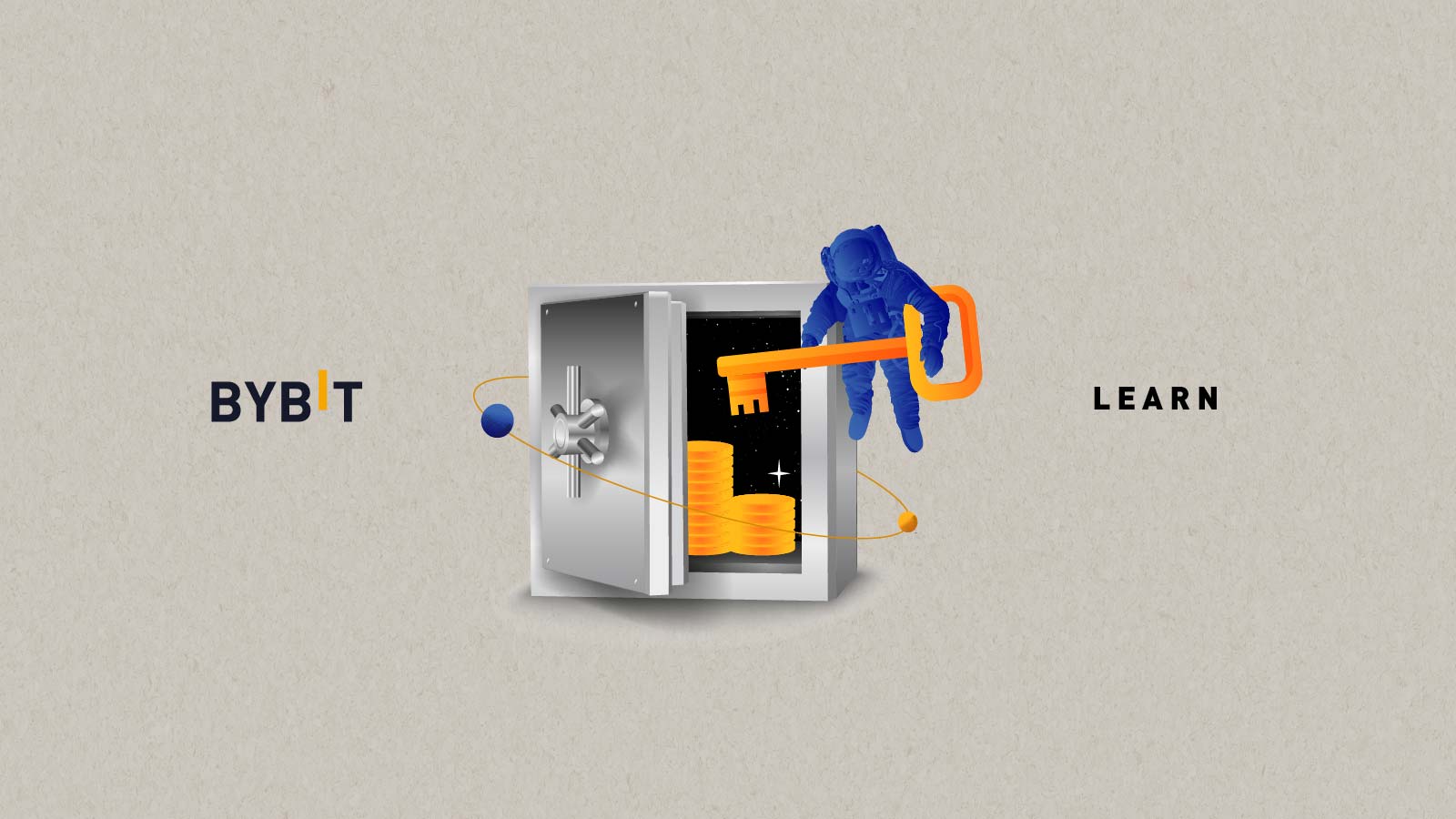Explained: What Is Proof of Stake (PoS) in Blockchain?

Blockchain has become a ubiquitous term over the past couple of years. A growing number of enterprises and governments are opening to blockchain technology (and distributed ledger technology). Despite its rapid growth, there is still some confusion about crucial concepts such as ‘what is Proof of Stake’ or ‘what is consensus algorithm in a blockchain network.’ In the end, making it imminent to address these information gaps.
Proof of stake (PoS) is a consensus algorithm under which randomly chosen validation nodes (validators) stake native tokens (staking) of the blockchain network to propose or attest new blocks to the current blockchain. A validator will receive rewards by successfully adding blocks to the blockchain.
This post aims to shed more light on crucial blockchain concepts, including:
Why Is Consensus Mechanism Important in Blockchain?
A consensus mechanism is a set of rules through which different participants within a blockchain network approve transactions. Since blockchain networks do not have a central authority to approve transactions, consensus protocols ensure that all the network participants agree to only a single version of the blockchain.
The consensus mechanism allows a blockchain network to:
- Operate without a central authority
- Helps establish a single version of the blockchain
- Maintain security and transparency within a blockchain network.
There are different types of consensus algorithms in existence, including Proof of Work (PoW), Proof of Stake (PoS), Practical Byzantine Fault Tolerance (PBFT), Proof of Burn (PoB), and other variations of the consensus algorithms.
Out of these consensus algorithms, Proof of Work (PoW) and Proof of Stake (PoS) remains the most popular. As a blockchain enthusiast or early adopter, it is critical to understand the difference between PoW and PoS.
PoW relies on nodes’ ability to solve complex mathematical problems that require an extraordinary amount of computation power, consumes electricity, and has a high initial setup cost.
PoS, on the other hand, requires validators to stake their tokens instead of solving mathematical puzzles, thereby reducing electricity consumption, as well as block the generation period, and avoiding centralization of resources. PoS also protocols use pseudo-random sequencing to choose validators.
How Proof of Stake (PoS) Works
The PoS mechanism involves two separate parts for it to work. Firstly, a validator node has to deposit tokens of the blockchain platform as a stake. These tokens are blocked for a set period. A higher stake improves the chances of a node being selected for forging the block.
It is critical to understand that prioritizing nodes with higher stakes is how PoS is designed. This practice ensures the validator has more skin in the game, making it economically unviable to act otherwise.
The second part of PoS involves choosing a validator for block forging (generation) randomly. There are multiple ways to select validators, these include:
- The Coin Age Selection method takes into account the time for which a validator node has staked its coins, along with the total number of staked coins. Whenever a node is selected as a validator, its coin-age is reset to zero. Also, a validator node must wait a specific time before forging another block.
- Randomized block selection focuses on validators with a combination of the highest stake and lowest hash value. It is important to note that every network participant can view the stake put forward by a validator node.
Once a node is selected, the validator node verifies the transactions within a block, followed by signing the block. Other validator nodes attest whether the block is valid. As most validators rule in favor of the block, the block becomes a part of the blockchain. Then, the selected validator node will receive transaction fees as a reward.
However, suppose a block is categorized as fraudulent (error) by other validators attesting the block. In that case, the chosen validator loses a portion of the stake, and the process will restart. Consequently, the forger will be restricted from any block forging (generation) activities in the future.
The Pros and Cons of PoS Consensus
One of the most common approaches to answering the Proof of Stake vs. Proof of Work question is to compare the benefits and limitations of both these consensus protocols.
| Proof of Stake | Proof of Work |
| Energy efficient | It needs a massive amount of energy as multiple nodes compete to mine a block first. |
| Requires little to no resources | It needs massive computation resources. |
| No block reward; forger takes transaction fees. | Block reward for successfully mined blocks. |
| No centralization of forging resources | Centralized miners dominate a blockchain. |
| ‘Nothing at stake’ problem could lead to multiple reward payments to forgers. PoS blockchains need additional security rules to avoid it. | Miners must split their resources to work on a spin-off chain, so the ‘Nothing at stake’ problem doesn’t exist. |
The Pros of PoS Consensus
- Energy-efficient: PoS consensus mechanism chooses a validator node for forging a block instead of PoW, where multiple miners compete to solve block challenges. Hence, PoS is more energy-efficient.
- No initial hardware cost for forgers (miners): The PoS protocol doesn’t require validators to have high computational resources, unlike PoW. The lack of high computation requirements makes participation in PoS more accessible.
- Better Scalability Prospect: Blockchains using PoS protocol implement various architectures to scale their capabilities, such as sharding. It allows the blockchain network to improve its throughput and become efficient. Sharding allows blockchains to reduce block generation time.
The Cons of PoS Consensus
- Nothing at stake problem: Validators (miners) do not require any hardware installation for forging and can forge a block by merely staking their tokens. In the event of a chain spin-off, validators may maximize their rewards by forging blocks around different branches of a blockchain, which refers to as the ‘Nothing at stake’ problem. Hence, blockchains using the PoS consensus protocol need special rules or security measures to prevent this from happening.
- Higher stakes favoritism: PoS emphasizes the size of the stake a validator has. Having higher stakes puts a validator in a better spot to be picked more than less-wealthy nodes, creating an issue revolving around favoritism.
Which Cryptocurrency Is Using The PoS Consensus?
PoS has come out to be a more efficient, quick, and less-resource intensive consensus mechanism. These qualities have led to a growth in proof of stake coins. Here are some of the most popular coins using PoS as a consensus mechanism.
- Ethereum (ETH): Ethereum 2.0 is an upgrade of the Ethereum blockchain, with a shift from PoW to PoS consensus protocol. Ethereum Foundation has launched the Beacon Chain to bring PoS to the Ethereum foundation.
- Tezos (XTZ): Tezos is another leading blockchain using PoS as its consensus mechanism. Tezos users can delegate their rights to other participants who are partaking in the block generation and attestation process.
- Tron (TRX): Tron is among the most popular blockchain platforms in the Asia Pacific region. Tron uses the Delegated Proof of Stake (DPoS) consensus protocol, under which a handful of super representatives (27) are elected for the maintenance and the upkeep of the blockchain network.
Some other popular crypto coins using PoS or its variants include the Nxt (NXT), Algorand (ALGO), Cosmos (ATOM), Peercoin (PPC), Steem (STEEM), and more.
Why Does Ethereum 2.0 Use Proof of Stake?
That brings us to the question of why Ethereum 2.0 uses PoS. Well, the primary reason is to quicken the block generation (or forging now) time. Since blockchains using PoS require a comparatively shorter period to arrive at a consensus, it boosts the network’s overall throughput.
The Ethereum 2.0 update aims to further boost block forging speed through sharding, where every single shard chain will have the same processing ability as its predecessor’s Ethereum 1.0 network.
In short, shifting to PoS protocol will allow Ethereum 2.0 to become more scalable, efficient, and ready for transaction-heavy industrial applications.
What Is The Future of Proof of Stake?
Blockchain technology was touted as the technology of the future with decentralization at its core. However, its heavy reliance on computing resources led to the centralization of mining pools, thereby jeopardizing blockchain technology’s core objective.
The proof of Stake consensus protocol addresses some of the critical challenges blockchain technology is facing at the moment. As the global demand for green technologies arises, PoS consensus protocol becomes the norm in the blockchain industry.
However, there will always be a debate about PoS vs. PoW practicality, but as more blockchains implement PoS, more prospects are likely to emerge. The PoS protocol will take its due time while going through various development stages, but it’s undeniably one of the strongest contenders for consensus protocols as we advance.
Stay alert with Bybit’s Updates:
Visit our exchange
Social Media – Twitter, Facebook, Instagram, YouTube, and LinkedIn
Join us on Telegram and Reddit
Have any questions? Visit our Help Center
